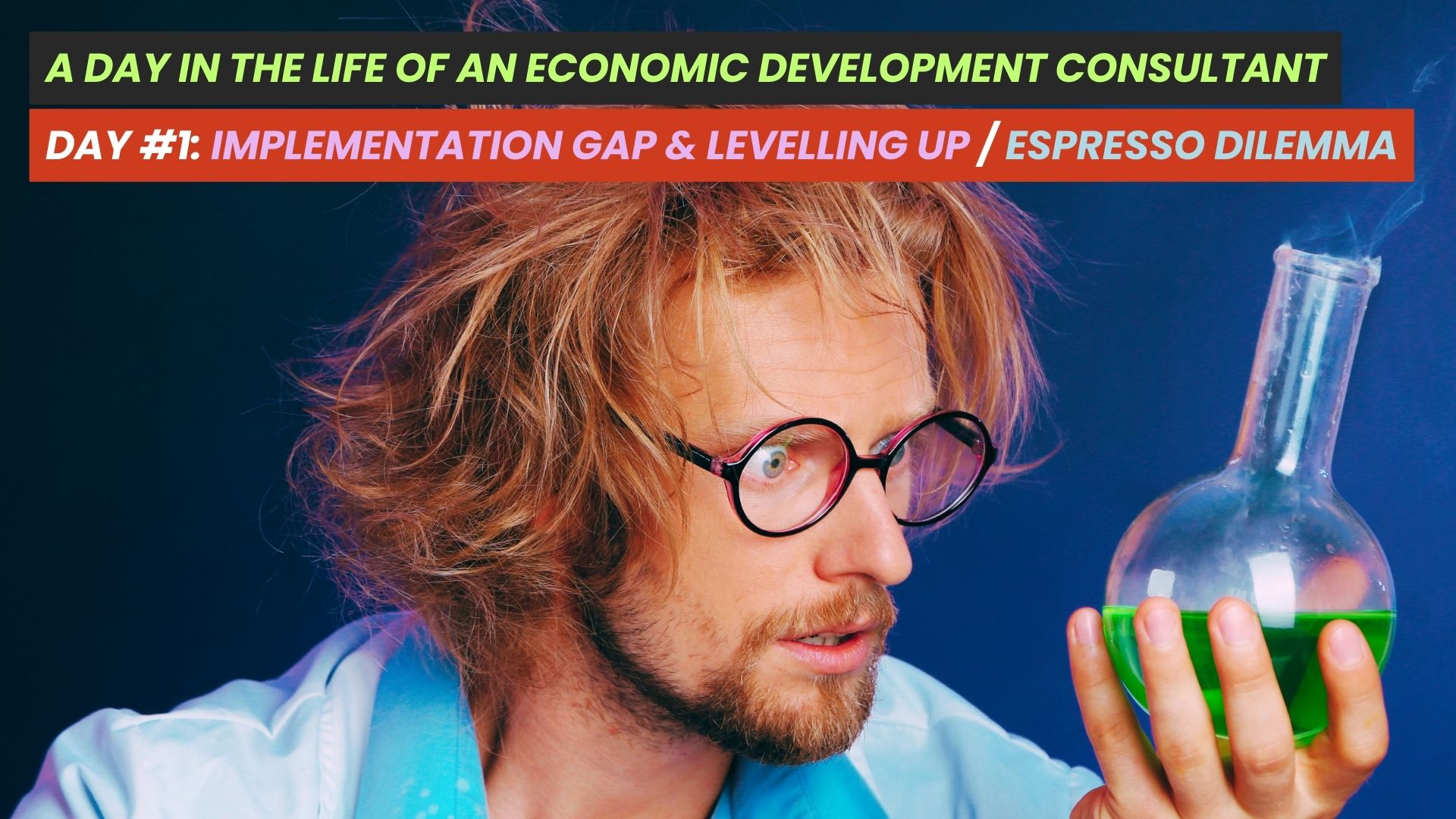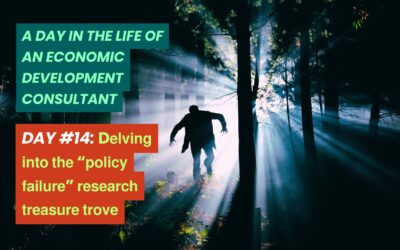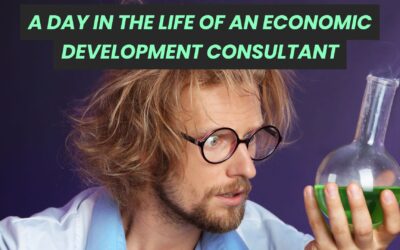Day 1
The implementation gap in addressing regional inequalities / green espressos
Today is the day I unveil my true thoughts to the world… “did I remember to switch the espresso machine off after I used it 20 minutes ago??” – oops, sorry – I will try to think with more gravitas, professionalism and appeal to the economic development world’s widest interests…
This is the first instalment of an experimental regular diary of my working life
Everything is based on real life experiences. Please bear in mind that I combine a dedicated sense of professionalism and curiosity with a somewhat wily sense of humour and wit. You do need a sense of humour in this job.
What am I working on today? I’m getting stuck into my LPIP fellow research project. LPIP stands for the “Local Policy Innovation Partnership” and it’s about innovation and best practice in local sustainable economic, social and environmental development. My project is about the implementation gap in city, local and regional economic development and regeneration.
It’s long overdue from a personal and professional perspective. I’ve lost count of the number of politicians that have stood up and told us that they are going to solve the regional inequality problem in the UK, or the local growth strategy that reckons that they can double rates of economic growth in the next 10 years – but have not identified the ways nor means to do so.
We’re in a world where policy by election slogan has become the norm. Something in the political and public policy system is not working. We create high expectations and can’t follow through with delivery. Some of that is down to resources, capacity, capability. But this also results from the lack of cross-party consensus and policy consistency for 20+ years.
Meanwhile, as a jobbing consultant I have to keep the workflow coming
That means submitting quotes and tenders on those wonderful online procurement systems that everyone uses currently. I’m scoping out a project on a combined authority’s procurement site.
But I’m not getting good vibes – the key questions, that they demand consultants address (such as methodology, experience and such like). There’s a set of documents in the PDF “requirements” setting out questions A, B, and C. Then there’s the questions on the procurement site demanding written responses – questions M1, M2, M2, S1, S2, M1 (again), and V3. So there’s two different versions of the questions that the quotes will be assessed against, and one version has more questions than the other!






